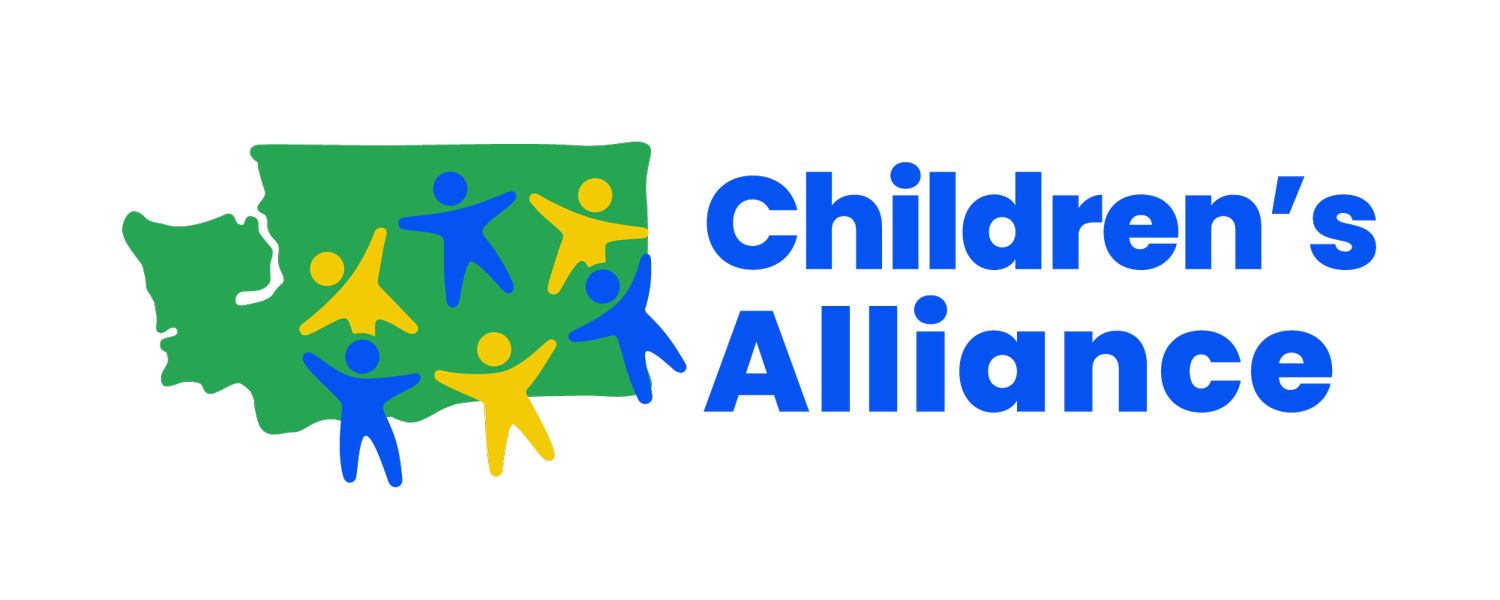ELEVATING ECONOMIC JUSTICE: THE NEXT CHAPTER IN OUR KIDS COUNT® DATA SERIES
Building on our recent data briefs on early learning and child care, we're excited to share the next phase of our KIDS COUNT® data project: three new briefs on economic justice. This ongoing work, rooted in the Annie E. Casey Foundation’s KIDS COUNT® initiative, reflects our commitment to placing racial justice at the center of Washington’s laws and budget priorities. Using state and county-level data, we’re continuing to elevate the needs of children and families, now turning our attention to the economic conditions that shape their lives and futures.
As with our first installment, these briefs are each focused on a single data indicator tied to children’s well-being. By providing accessible data—disaggregated by race and county where possible—we aim to equip advocates, policymakers, and community leaders with the information they need to pursue equitable, impactful change.
What Are Data Indicators?
To make meaningful progress, we need to measure where we stand. That’s where data indicators come in. Indicators are specific, measurable pieces of information—such as the percentage of children enrolled in preschool, the rate of uninsured children, or the number of families living below the poverty line—that help paint a clearer picture of child well-being. When disaggregated by race, geography, or income level, these indicators can expose disparities and help us better target solutions.
Spotlight: Economic Justice
The economic indicators we are highlighting in these briefs explore issues including the child poverty rate, Basic Food enrollment, and median family income. This data offers insight into how Washington families are doing financially, and which counties are experiencing the most severe financial hardship.
A family’s financial stability impacts all other aspects of their lives, from education and early learning to health care and nutrition. By highlighting racial and regional disparities in economic health, we hope to inform the state’s responses to surging costs of living, housing prices, health care costs, and state revenue shortfalls.
What’s Next?
In the coming weeks, we will release additional data briefs related to our third policy area: health equity. This upcoming release will explore indicators like the percentage of 10th graders who visited the doctor in the past two years, the percentage who feel anxious or depressed, and the percentage who considered suicide. Together, these issue briefs will provide valuable insight into the issues impacting children across the state.
Why This Matters
Our goal in sharing this data is not just to inform—it’s to inspire action. With this project, we’re giving advocates, lawmakers, and community partners the tools they need to better understand, describe, and address the current state of children and families in Washington. Data should not just sit in spreadsheets; it should spark conversation, policy innovation, and community-driven solutions.
We invite you to explore the economic justice indicators on our website—and stay tuned as we release the final set of data. Together, we can build a Washington where every child has the chance to thrive.
To learn more and view the data, click the links below:
To learn more about KIDS COUNT in Washington, click here.
KIDS COUNT® is a registered trademark of The Annie E. Casey Foundation., Inc., and is used with permission of the Foundation.
